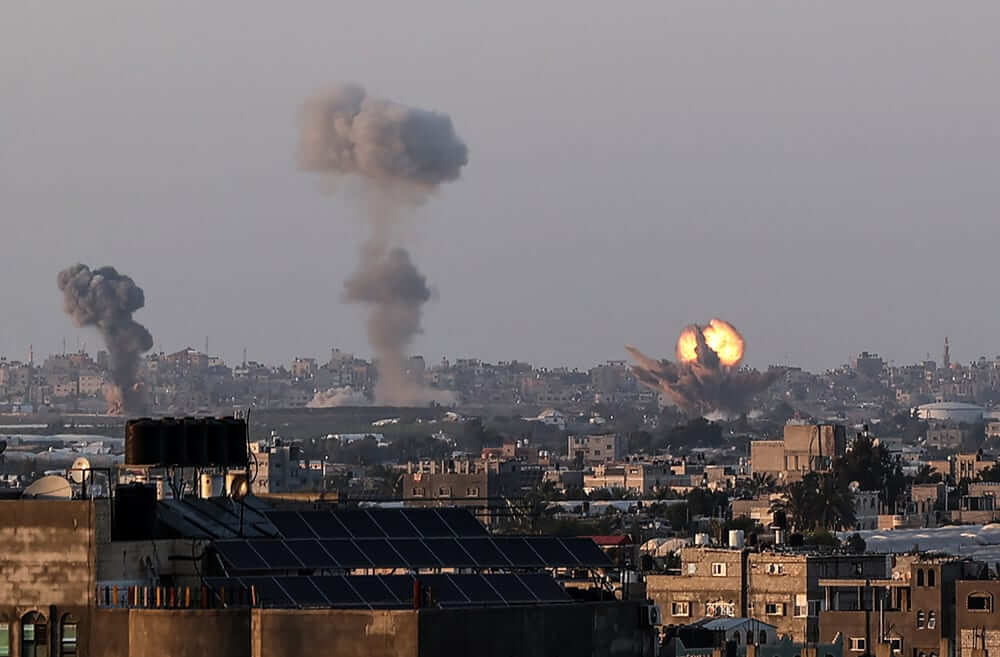
Israeli attack critically weakened Gaza economy
the European Union and the World Bank found out that the Israeli offensive in May severely weakened the socioeconomic position in the Gaza Strip.
On Tuesday, RDNA – the Gaza Rapid Damage and Needs Assessment published a report about the damage caused by a week-long bombardment. According to the report, it was between $292m and $382m, while there are recovery needs projected at between $347m and $487m.
The report said that 4 percent of the population of Gaza is food vulnerable, besides the unemployment that was already at 49 percent and poverty rates above 52 percent before the escalation.
The attack killed at least 265 Palestinians, including 67 children, and caused extensive damage to residential areas and infrastructure. On the Israeli side, missiles fired from Palestinian armed groups in the coastal areas killed 14 people, including two children.
The Gaza Strip is considered one of the world’s most compactly populated areas, where more than two million Palestinians (half of them below 18) live in 141sq miles (365 square kilometers) of the coastal territory. Egypt and Israel have been blocking it for 14 years. According to the UN report, this blockage resulted in a desperate humanitarian situation, would be unlivable in 2020.
Damage estimation
At least 900,000 people do not have access to clean and drinkable water, and electricity runs for a few hours per day. Furthermore, the coronavirus crisis exacerbated the weak healthcare system, with medicine and medical equipment in short supply.
The study found that Israel’s bombardment mostly damaged social sectors such as education, housing, health, and social protection as well as jobs, at an estimate of $182m.
The report showed that 93% of the total damages experienced the housing sector.
The report suggested that the international community increase its support for financial assistance programs for the Palestinians in Gaza, ensure the delivery of aid.


